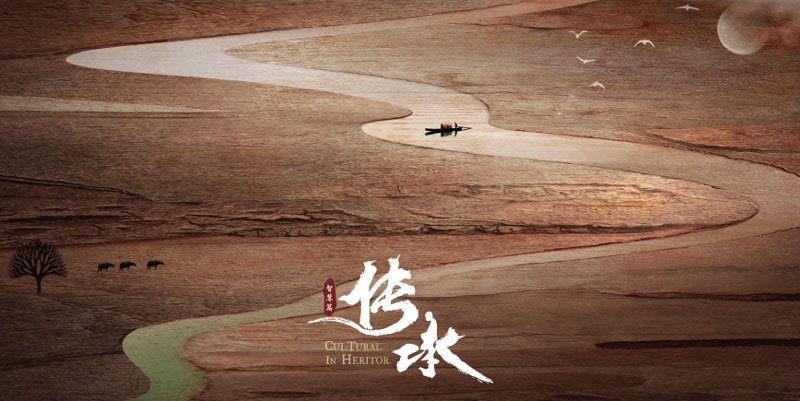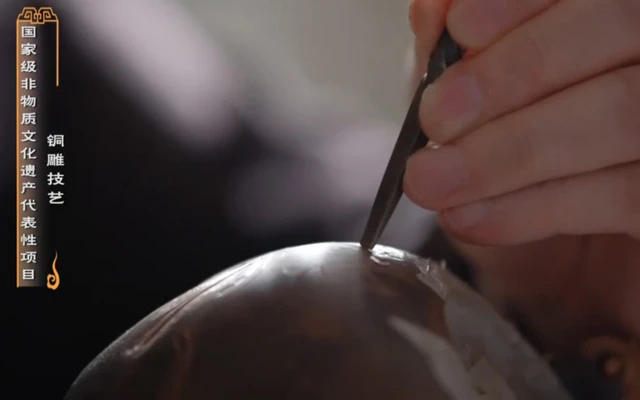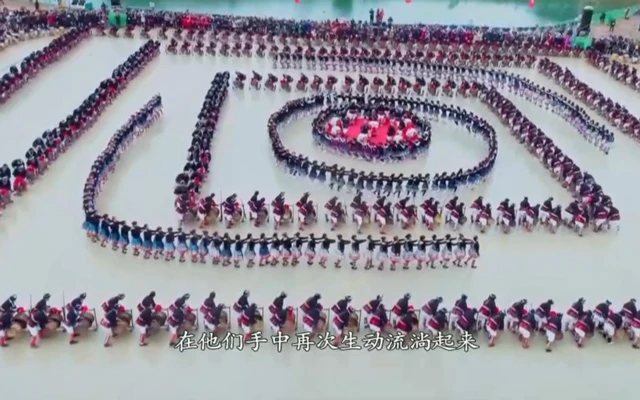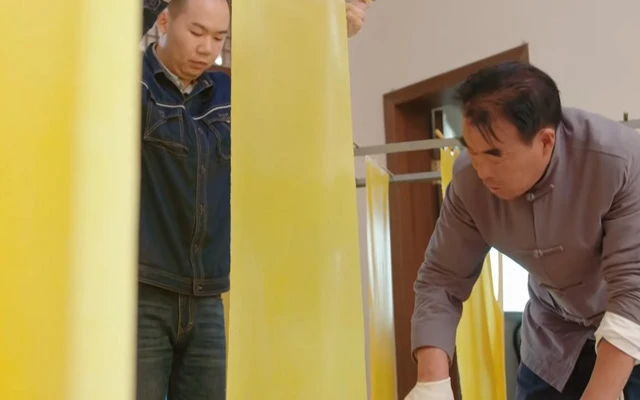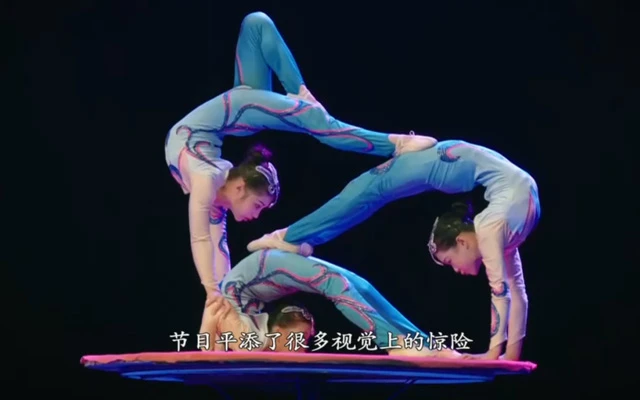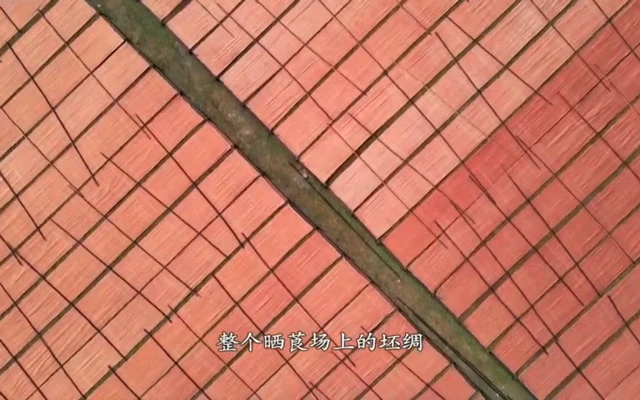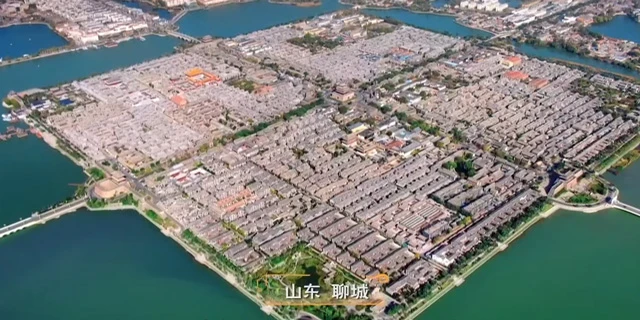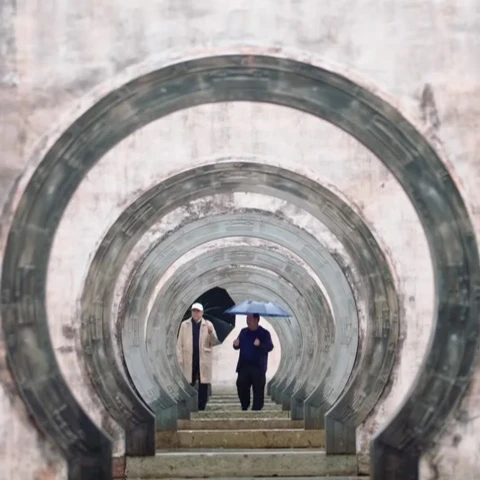Eight years ago, the first season of "Inheritor" (2015) premiered. This documentary series focused on the skills and emotions of inheritors of intangible cultural heritage, showcasing little-known traditional techniques to the public and arousing people's interest in experiencing, watching, and exploring intangible cultural heritage.
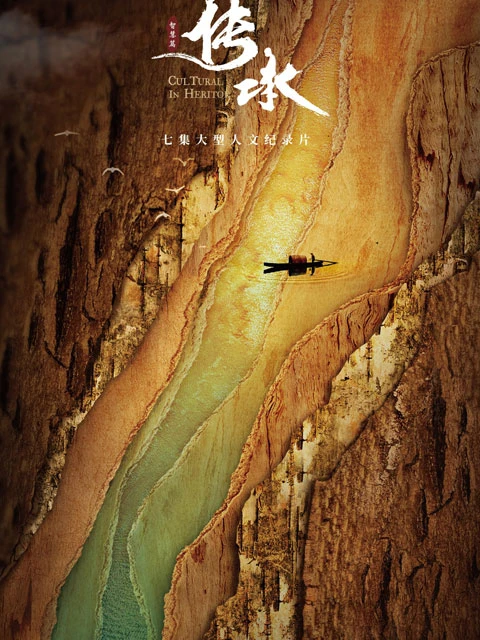
Eight years later, what kind of sparks can be generated when traditional intangible cultural heritage collides with modern technology? On June 10th, the documentary "Cultural Inheritor" premiered. Based on inheriting outstanding traditional culture and holding a modern scientific perspective, this program allows ancient techniques to collide with modern technology while further examining the civilization codes hidden in intangible cultural heritage. It not only showcases the charm of integrating culture and technology but also helps tell stories about intangible cultural heritage while conveying China's cultural charm and confidence to audiences worldwide.
Perceiving the aesthetic value of drama and technology
The inheritance and innovation of intangible cultural heritage cannot be separated from generations' adherence to tradition while innovating. "Cultural Inheritor" excavates true stories between inheritors and projects, telling stories about intangible cultural projects through dramatic means while recounting wonderful life experiences by inheritors.
With advances in technological methods, there are now more opportunities for projects related to non-material culture than ever before. The ingenious use of new technologies by "Cultural Inheritor", presented in an unique format opens a graceful door for viewers into observing these treasures.
The core content shown within"Cultural Inheritor" is realistic; however, the storylines surrounding inheritors contain contradictions conflicts, and reconciliations. This style provides even more viewing pleasure as it enhances narrative tension.
For example, in episode three named “Ingenious Proportioning” which revolves around bronze drum casting technique used among ethnic Zhuang people. As dragon boat festival approaches, a tenth-generation ancestral bronze drum owned by Wei Xiongquan is not up to the task, so he turns to Wei Qichu, a representative inheritor of the intangible cultural heritage of Zhuang bronze drum casting from Guangxi.
However, for Wei Qichu this presents a significant challenge because traditional techniques for making bronze drums have almost been lost. After much thought and exploration with sand-casting methods commonly used by locals in agricultural tool making, Wei was able to successfully replicate the bronze drum. This process displays how the program excavates real-world conflicts and twists as it leads viewers through contemplating contemporary issues related to intangible cultural heritage inheritance.
The utilization of modern audio-visual technology has endowed programs with greater possibilities. Audiences can witness scenes never seen before, and gain more delightful aesthetic experiences. "Cultural Inheritor" employs various visual expressions such as close-up photography, virtual scanning, and aerial photography to provide the audience with fresh and unique audio-visual experiences.
For instance, close-up shots and slow-motion capture reveal details of bronze drums that are unknown to most people; virtual scanning allows observation of tung oil which helps ancient paper umbrellas withstand thousands of years of wind and rain; combining aerial photography with animated simulations explains the correspondence between the water systems in He'keng Ba Gua village and modern science concepts, allowing audiences to further understand the construction wisdom behind Huizhou's ancient dwellings. This creates a richer visual experience for viewers while also reinforcing this non-material cultural heritage documentary's scientific quality.
Audio-Visual support for intangible cultural heritage
In the past, protection for intangible cultural heritage was mainly rescue-oriented. Now it has entered a new stage of scientific protection. By employing modern media technologies, non-material cultural heritage is brought back to life by showcasing China's profound cultural background. The broadcasting of "Cultural Inheritor" documentary carries a different meaning and depth.
From ancient mineral pigment production to exquisite silk weaving techniques; from Dunhuang colored sculptures and Yungang grottoes to Ming-style furniture or Yuhang paper umbrellas, viewers can see more precious material remains created by China's intangible cultural heritage inheritance. These endangered or non-tangible intangible projects have been saved through visualization preservation via "Cultural Inheritor".
In the third episode, representative inheritor of Ru porcelain firing technique, Zhu Wenli, has undergone hundreds of archaeology studies and thousands of firing experiments. Through repeated selection and verification, he developed eight hundred formulas for producing sky-blue Ru kiln glaze, ensuring the long-lasting continuation and development of Ru kiln.
Zhu Wenli never stopped trying to "productively protect" the intangible cultural heritage of Ru kiln. Similarly, "Cultural Inheritor" also continuously innovates its narrative and presentation methods to allow rich valuable non-material cultural heritage resources to have more valuable permanent audio-visual preservation. It has become an important audio-visual support for protecting and inheriting intangible cultural heritage.
Showcasing cultural aesthetic value
The documentary "Cultural Inheritor" not only highlights traditional culture's unique style but also exhibits contemporary inheritors' exquisite skills, composure, and vitality.
For instance, in order to gain recognition from gambiered guangdong silk technique inheritance Liangzhu, Peng Qing persisted tenaciously by repeatedly matching perfect proportions for gambiered guangdong silk.
National-level inheritor Wang Bolin for mulberry bark paper making technique brought his son-in-law with him through millions of pulp beatings to produce a clear-textured yet tough mulberry bark paper sheet.
Through filming the new generation of inheritors born in the 80s and 90s, audiences can feel the vitality of traditional culture. In addition, by promoting dissemination through multiple media platforms, "Cultural Inheritor" conveys excellent traditional cultural symbols and inherits the spirit of craftsmanship from multiple perspectives and on various platforms. This also highlights that handicraft has a higher cultural value.
The documentary "Cultural Inheritor" is rooted in its time, contemplating and embracing the changes in civilization while conveying to audiences about inheritance's significance under digitalization. Whether it's ancient tea baking techniques or salt-making methods using ancient practices, they all have an unchanging human appeal.
In this era where assembly line production coexists with ancient techniques, people's living standards are different from before. The revival of traditional handicrafts that encompasses ancestral wisdom and efforts as well as innovative development for efficient industrial design with high productivity are both characteristics unique to our era; something we should inherit and develop.
The cultural aesthetic value of the documentary "Cultural Inheritor" mainly reflects multiple depictions of China's intangible cultural heritage charm, cultural confidence, national pride & identity under Chinese aesthetics interpretation. Such expression forms under Chinese aesthetics interpretation better reflect and convey Chinese culture connotations/paradigms while evoking audience empathy more effectively.
By immersing itself in cultural aesthetic values & telling good stories about China using Chinese culture aesthetics - "Cultural Inheritor" not only showcases protection & promotion of outstanding traditional Chinese culture but also enhances soft power culturally; providing a great example for future intangible cultural heritage documentary creations.

